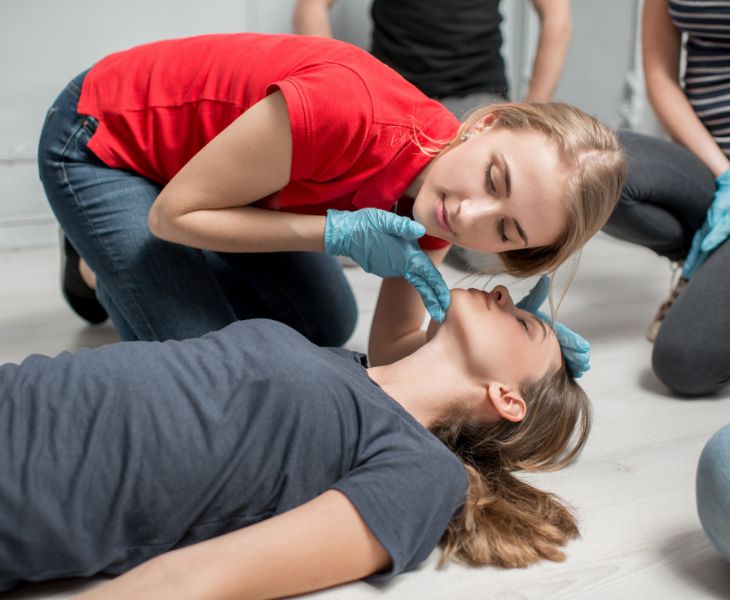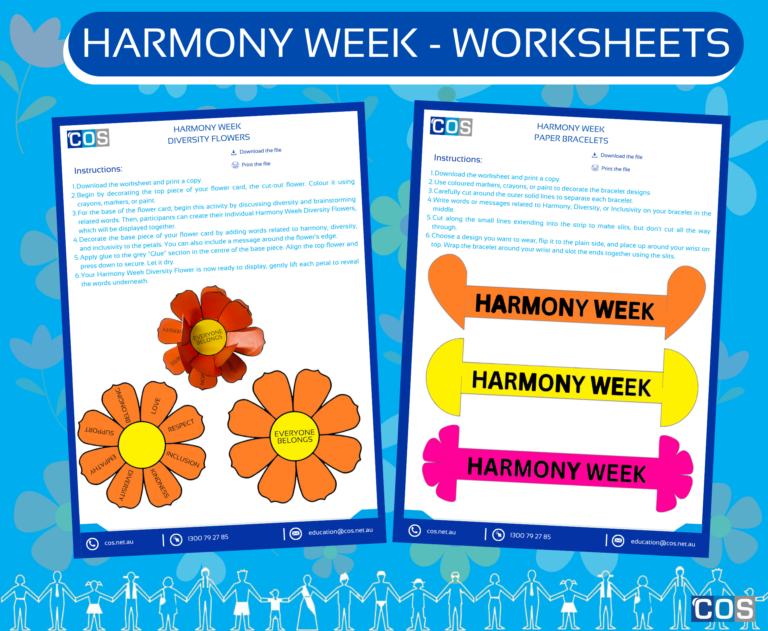First aid is important in any walk of life but is especially so for teachers who may need to lend immediate aid while waiting for professional help to arrive. Unfortunately, the repetitive annual cycle of courses for teachers can drive the kind of complacency and wandering attention that airplane safety videos get from frequent travellers. You know the routine, try your best to fight distraction and pray that you never find yourself in the middle of a real emergency.
By global standards, the Australian health system is well-funded and coordinated, but in an emergency, teachers and support staff need to be able to quickly and rationally act according to best practices. Doing so could be the difference between a minor and major incident. As we move into the season of school camps, celebrations and preparation for the year ahead, we’ve compiled some useful information on first aid in schools that both educators and institutions can use.
What is First Aid?
First aid comprises the first steps that a person takes in response to illness or injury. While some actions may seem intuitive, understanding the best course of action to take in a difficult situation can keep a person safe or in the best possible condition until emergency services arrive.
Why is First Aid Important in Schools?
Knowing first aid can be beneficial in any circumstance, but in schools it is a non-negotiable requirement. It is the responsibility of schools and their teachers to be able to respond to incidents using the most effective methods available. This isn’t always easy when managing large groups of children. With a first aid course fresh in their minds, educators and support staff can engage in their training without becoming overwhelmed by the stress of the situation.
Furthermore, ensuring the safety and wellbeing of students is critical in schools, and having properly stocked first aid kits is critical for providing prompt care during accidents or illnesses. First aid kits in schools play a vital role in delivering immediate assistance and creating a secure learning environment.
Which First Aid Certifications do Teachers Need?
Much like other requirements for teachers, the first aid training mandated by each state and territory can vary, so it’s best to check the with your jurisdiction’s teaching authority before starting a course. To use NSW as an example, the following courses are required by the Department of Education (along with their course identifiers if applicable*):
- HLTAID001 – Cardio Pulmonary Resuscitation (CPR)
- HLTAID003 – First Aid
- Recognition and Management of Anaphylaxis (RAMOAP)
- E-emergency Care
- Anaphylaxis e-learning modules
Even when the mandatory courses have been completed, depending on your specific circumstances, teachers might want to look at further certification.; For teachers in rural areas with few staff, it is probably worth looking into:
- HLTAID013 – Provide First Aid in remote or isolated site, or
- HLTAID014 – Provide Advanced First Aid.
For a helpful list of trainings with a detailed breakdown of their components and performance criteria, the Australian Government’s training.gov.au website provides all the information you need to know.
Where can I Learn First Aid?
For full-time teachers, it is a requirement that your school to provide certain first-aid training, meaning you don’t need to worry about organising it on your own. For casual and new teachers, it can be more difficult, as you will need to have these certifications before you set foot into the classroom.
If you are planning on getting a first aid certificate (or complete other non-mandatory courses) on your own, there are no shortage of places to look. According to the Australian Industry and Skills Committee, 73.9% of people in 2020 completed training with private registered training organisations, although training with a public sector education institution such as TAFE can be a better guarantee of quality as well as being cheaper due to government subsidies.
How Long does First Aid Certification Last?
Depending on the type of course you choose, the certification is usually valid from anywhere between one and five years. That said, courses such as CPR require refreshers every year to ensure you’re up-to-date and can confidently deliver assistance if required.
First Aid for Students
It’s obvious why adequate first aid training is so important for teachers, but should students be trained in first aid as well? A recent Red Cross study shows that 88% of Australians believe that school first aid courses should be mandatory for high school students across the country.
To this end, organisations such as St. John Ambulance offer free trainings for schools, equipping students with the ability to identify emergencies and provide help themselves if required.

